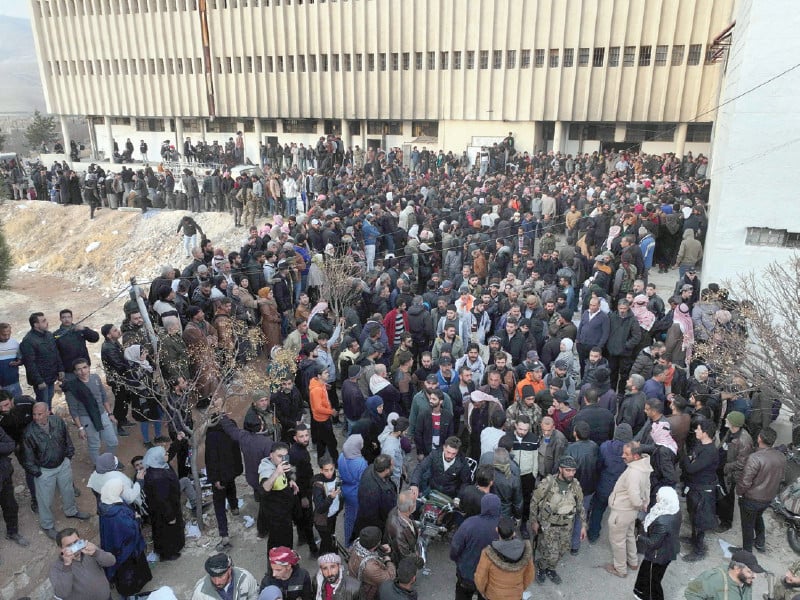
The fall of Syrian leader Bashar al-Assad shattered the key link in Iran's "axis of resistance", but Tehran will look for ways to adapt to the new reality, analysts say.
Hezbollah had long used Syria as its key conduit for weapons and supplies from Iran. With Assad gone, it remains to be seen how Hezbollah will adapt, particularly after the staggering losses it suffered in its own recent war.
In the past, Iranian supreme leader Ayatollah Ali Khamenei, who has the final say in his country's affairs, has said that "Syria is on the frontline of the resistance against Israel".
The axis of resistance, to use Tehran's term, comprises Iran itself and a smattering of proxy forces united by their opposition to Israel, including Hezbollah, Hamas and Huthi rebels, as well as smaller groups in Iraq.
Until Sunday, Assad's government was a key component of the axis, and he would likely not have survived for as long as he did had it not been for Hezbollah and Iran's military backing.
But the fall of Assad on Sunday was a major blow to the loose alliance, and the latest in a string of setbacks for Iran in its fight against Israel.
In recent months Israel has killed Hamas leader Yahya Sinwar in Gaza and Hezbollah's secretary general Hassan Nasrallah in Lebanon, and decimated both groups' mid-level leadership.




1736599343-0/fizza-(8)1736599343-0-165x106.webp)
1736598692-0/fizza-(7)1736598692-0-165x106.webp)



1736605969-0/Copy-of-Untitled-(7)1736605969-0-270x192.webp)



1736508423-0/Express-Tribune---News-Desk-(9)1736508423-0-270x192.webp)










COMMENTS
Comments are moderated and generally will be posted if they are on-topic and not abusive.
For more information, please see our Comments FAQ